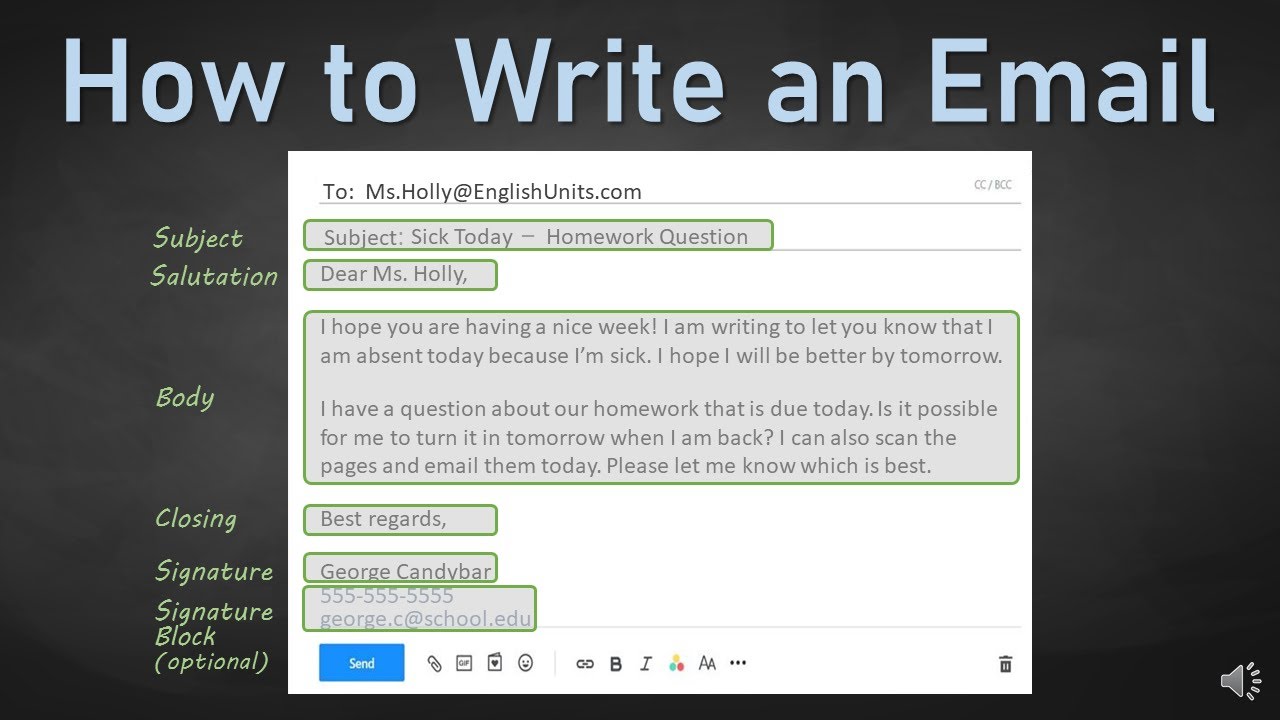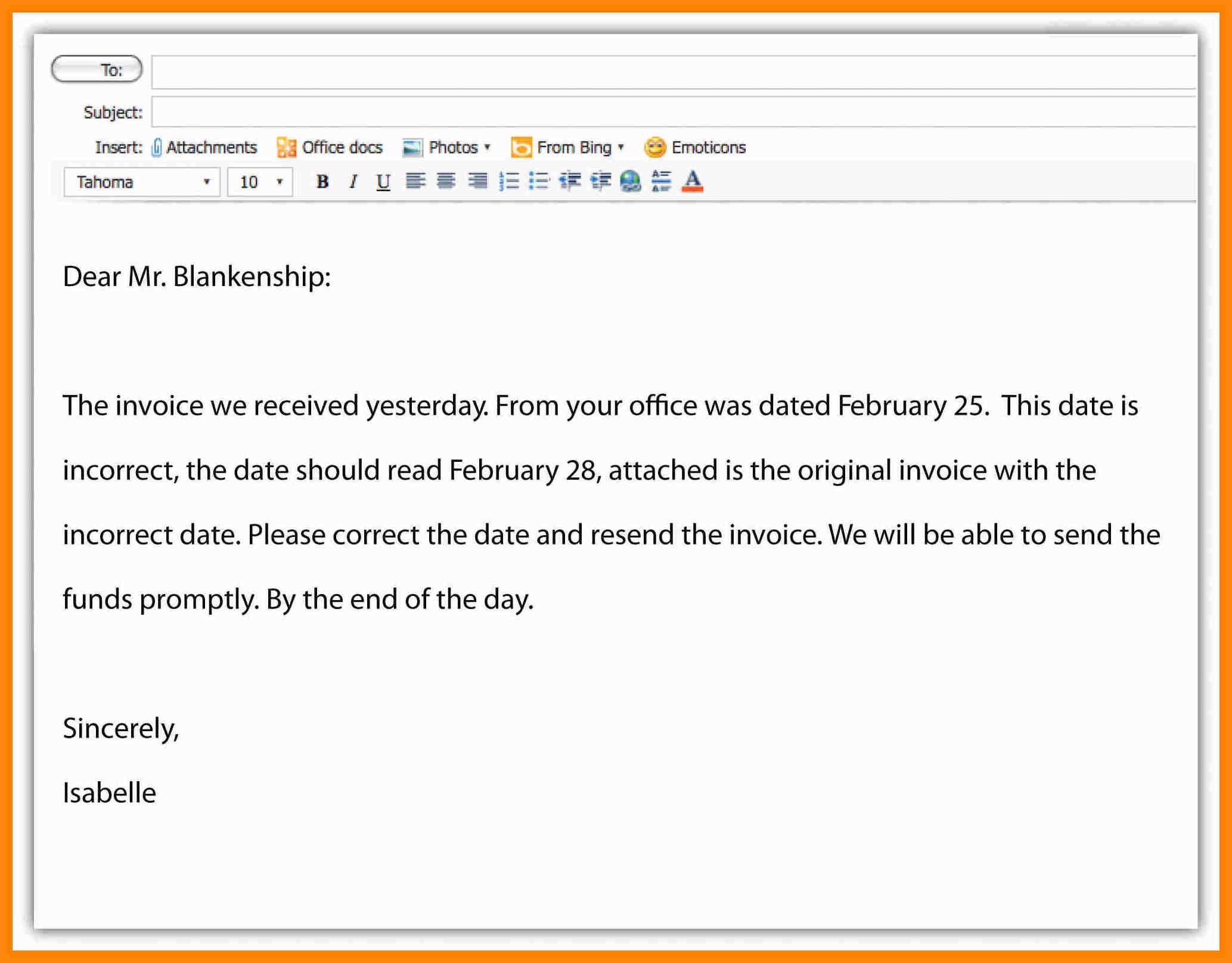Beautiful Info About How To Write A Good First Email

Hi / hey (name) 2.
How to write a good first email. It is good business etiquette to start by greeting your recipient by name. Simply wishing the recipient well is a good way to start an email in a friendly way. Set a clear goal before you start writing your email, define the objective.
You can also use “hi [first name]” or “hello [first name],” to be a little. Comma, colon, or exclamation point?. If you’re addressing only one person, use their full name or their.
All / everyone how to start an email greeting: In the first paragraph after your opening line, remember to give. 2 greet and address the recipient (s) start your email by addressing the recipient (s) properly.
Here are some best practices for doing this: When sending emails, there is a general format you should keep in mind. In a formal business email, start with dear + honorific + last name + comma e.g., “dear ms.
Then, write your email with that goal in mind. A formal greeting suitable for both professional and casual emails. Create a lasting first impression.
Prompts for email body copy that. You can use phrases like “i’m reaching out to discuss” or “i’m emailing about” to start your line. Send an email before your first day of work to make a good impression want to make a positive impression on your future team?
Understand who this email is for, and find their correct email address (you can use hunter for email lookup). 8 samples on how to send a formal email. Dear [name] this is perfect for a formal email, or a message to someone who doesn’t know you personally.
Unless you have developed a. Guide on how to write an email here are benefits to writing a good email greeting when you're creating your email: Use “dear,” not the less formal greetings “hello” and “hi,” alongside someone’s full name to avoid creating a jarring combination of different levels of formality.
Set a clear goal for your email start by deciding what results you want from your email. Hbr learning’s online leadership training helps you hone your skills. Crafting email headers that engage and inform.
Here are a few basic guidelines to follow: It's easier to achieve the purpose of your email if you know why you're writing it. Crafting email subject lines with a personal touch.

















